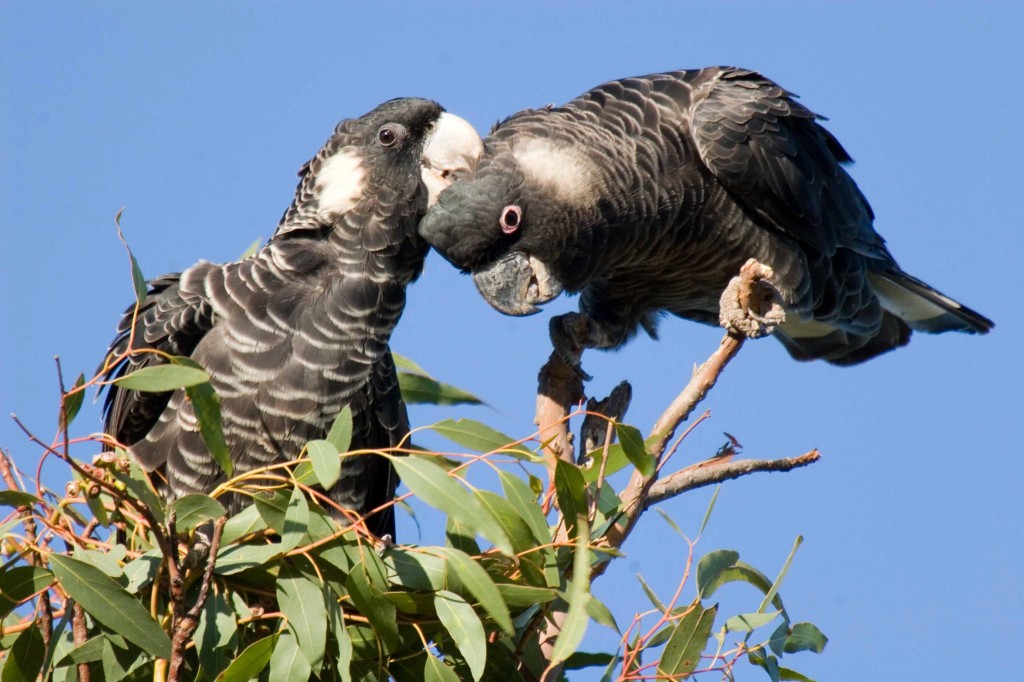From Vermin to Endangered in 20 years; the tale of Carnaby's Cockatoo
Carnaby's Cockatoo Calyptorhynchus latirostris is one of two black cockatoos with white tail bands endemic to the south-west of Western Australia.
Speakers
Content navigation
Description

Carnaby's Cockatoo Calyptorhynchus latirostris is one of two black cockatoos with white tail bands endemic to the south-west of Western Australia.
In 1968 I joined CSIRO Division of Wildlife Research in Western Australia to study the ecology and behaviour of what was then known as the White-tailed Black Cockatoo. The research was aimed at establishing methods of control of the species as it was legally classified as vermin with a bounty on its bill because of damage to apple and pear orchards and to pine plantations.
In fact what was classified as the White-tailed Black Cockatoo was two species, one of which (Carnaby's Cockatoo) was responsible for the damage to pines and the other (Baudin's Cockatoo C. baudinii) was responsible for the damage to orchards. My research concentrated on Carnaby's Cockatoo, which has the more extensive distribution, encompassing the WA Wheatbelt.
Every year in the late 1960s and most of the 1970s over 400,000 hectares of the bird's breeding and feeding habitat was being "opened up" for broadscale agriculture with major impacts on biota dependent on that habitat. Carnaby's Cockatoo is an example of those species adversely affected by the clearing, and it rapidly declined in range and abundance such that it was declared "endangered" by State, Federal and International authorities by the mid-1980s.
In this seminar I will discuss the results of a long-term study of Carnaby's Cockatoo which began in 1968 and still continues. One particular breeding population has provide data on breeding output, breeding behaviour and movements for 22 breeding years from 1969 to 1996 and 8 breeding years from 2009 to 2016.
Dr Denis Saunders AM is an animal ecologist and conservation biologist. He is a former CSIRO Chief Research Scientist, past President of WWF-Australia, and currently Chair of the Sara Halvedene Foundation, a member of the Wentworth Group of Concerned Scientists, and an honorary fellow with CSIRO Land and Water. He has studied the ecology, behaviour and taxonomy of cockatoos, the ecology of island bird communities and the conservation of bird communities in production landscapes. From 1968 to the present he has been conducting an ecological and behavioural study of the endangered Carnaby's Cockatoo, an endemic of Southwestern Australia. He has been an editor of Conservation Biology (1994-2002), Landscape and Urban Planning (1994-2006), Biological Conservation (2002-2008) and Pacific Conservation Biology (current) and serves on the editorial advisory boards of: Biological Conservation; Nature Conservation; and Current Landscape Ecology Reports.
CSIRO Land, Water and Ecosystems seminar series
Location
Waterhouse Lecture Theatre, Building 101, Black Mountain Laboratories, Clunies Ross St, Black Mountain, Canberra
